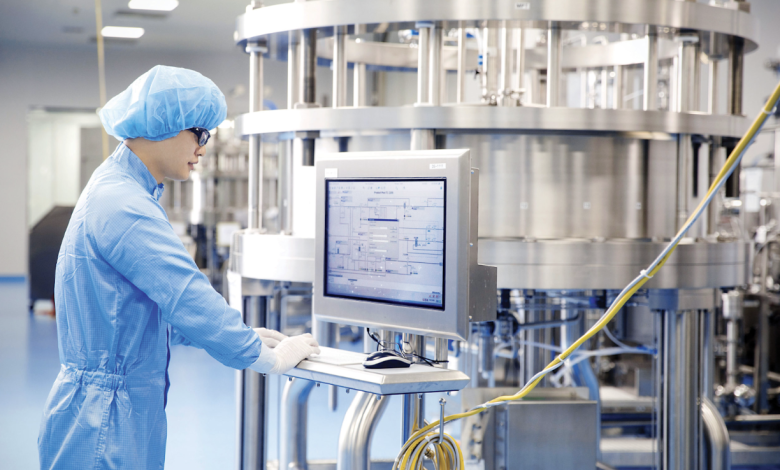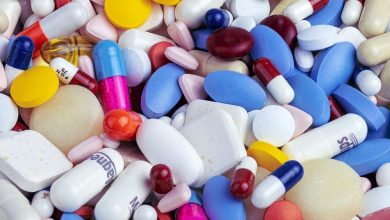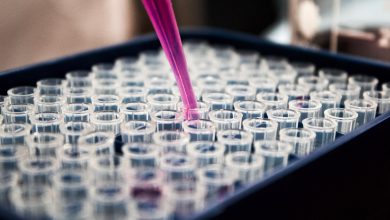
For years, antibodies have been at the forefront of biopharmaceutical development. These naturally occurring proteins can be engineered into powerful therapeutic agents, targeting specific disease markers with precision. Among the latest advancements in biotech are bispecific antibodies, which could usher in a new era in targeted treatment, particularly for cancer.
Unlike conventional antibodies, bispecific antibodies have the unique ability to simultaneously bind to two different targets, opening up new possibilities in the treatment of complex diseases. Central to the production of these antibodies is cell line development, the stage at which living cells are genetically altered in the lab to produce the antibodies needed for a given treatment.
“BsAbs hold the potential to reduce treatment resistance since they can target multiple pathways,” said a veteran cell line development scientist at contract development and manufacturing organization (CDMO) Samsung Biologics, in a recent article.
“However, due to the complexity of controlling advanced biotherapeutics, the industry still faces several challenges, including difficulty in maintaining the affinity of parental mAbs [monoclonal antibodies] and poor manufacturability.”
Samsung Biologics and other manufacturers have been developing novel platforms to address these challenges, and cell line development is at the heart of some promising solutions that could be used to produce innovative, precisely targeted cancer drugs.
What Is Cell Line Development?
Cell line development is a fundamental process in biopharmaceutical production involving the creation and optimization of large groups of identical cells capable of efficiently producing a desired therapeutic protein, in most cases an antibody.
For bispecific antibodies, this involves utilizing genetic engineering to insert multiple genes into cells, optimizing these cells to express the antibody parts correctly and in the right ratios, then scaling up these optimized cell lines for large-scale production.
Cell lines are essentially tiny factories that produce proteins. In the context of CDMO biomanufacturing, these cell lines are typically long-standing Chinese hamster ovary cell lines that have been modified to produce large quantities of a particular protein, including bispecific antibodies.
The process begins with the introduction of genes into a cell line. These genes carry the instructions for making the different parts of the bispecific antibody. Since bispecific antibodies require more complex structures (often involving three or more distinct genes), scientists need to carefully introduce these genes into the cells. This is usually done using vectors — tools that can insert DNA into cells.
Once the genes are in the cells, the next challenge is getting the cells to express these genes correctly. Cells not only need to produce the antibody parts, they also need to produce them in the right quantities and ratios. If the parts of the bispecific antibody aren’t expressed in the proper ratio, the final product might not fold or function correctly.
After modifying the cell lines, scientists screen and select the cells that are producing the antibody most efficiently and correctly. This involves testing different clones of the cell lines to identify which ones are producing the highest quality and quantity.
“Samsung Biologics uses high-throughput methodologies, exposing each molecule to different stresses commonly encountered during process or storage,” wrote Daniel Buckley, lead scientist in CDO Downstream, in a recent white paper.
“The analytical results from this developability assessment are evaluated as a whole and then compared against the wealth of internal data within Samsung Biologics and/or against marketed products. This enables a basic classification of a molecule relevant to its potential for development success.
“Applying this platform early in development can completely negate the need to undertake cell line replacement by developing a commercial-quality line from day one.”
Once a stable, high-producing cell line is developed, it can be scaled up for manufacturing.
Developing Bispecific Antibodies
Antibodies are Y-shaped proteins made up of two main types of protein chains: heavy chains and light chains. In a typical antibody, there are two identical heavy chains and two identical light chains, each encoded by separate genes. These chains are linked together to form the Y shape, with each arm of the Y able to bind to a specific antigen, a substance that the immune system recognizes as foreign.
In monoclonal antibodies, all arms are identical and bind to the same antigen. These antibodies are produced using two types of genes: one for the heavy chain and one for the light chain.
Bispecific antibodies are engineered to bind to two different antigens. This dual-targeting ability is what makes them bispecific. To achieve this, the antibody needs to have two different binding sites, each recognizing a different antigen.
Creating an antibody with two different binding sites often involves using additional genes to produce the varied parts of the antibody. For example, one set of genes may be used to produce one arm with its unique binding site, while another set of genes is used for the other arm. Sometimes, a third set of genes might be required to ensure that these different parts assemble correctly into a functional bispecific antibody.
A Promising Future
With biopharmaceutical technology rapidly advancing, the bispecific antibody market is expected to grow exponentially in the coming years. Challenges remain, but with improvements in areas such as genetic engineering, high-throughput screening, and chain-pairing technology, bispecific antibodies could become a fixture in the next generation of biologic drugs.



